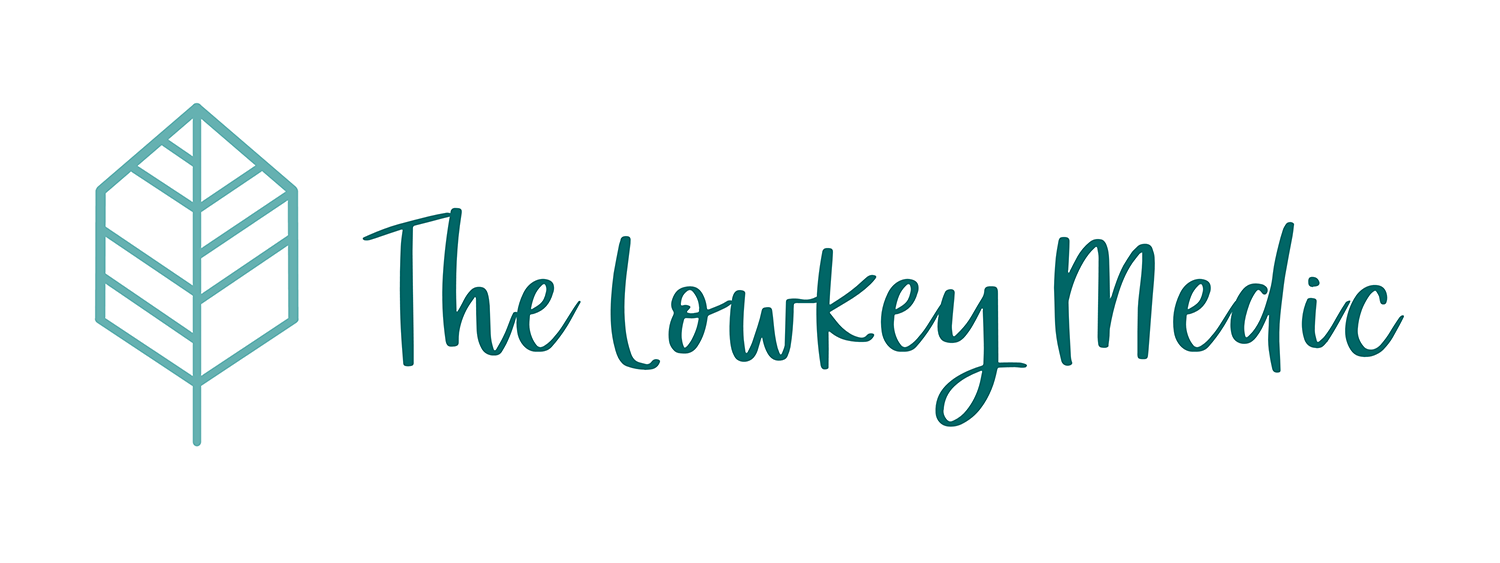This is a special feature in the Subject Guides series, which gives detailed advice on how to study and score well for specific subjects. It contains edited excerpts from Chapter 4 of the book “How I Study”.
You may also be interested in:
The two international university admissions tests that I took were the SAT and the BMAT.
I prepared for these tests entirely on my own, without taking any external courses. I find it hard to say anything about my results without coming across as conceited, but to establish my credibility—and to convince you that DIY (not paying for an expensive course nor even spending a single cent) works—I scored in the 99th percentile for both the SAT and the BMAT.
That is what this guide aims to do: to empower you and show you how you can DIY your way through the preparation and achieve the scores you want. It covers what resources to use, where you can get those resources, and how to use those resources to achieve the best possible results in the shortest amount of time.
For easy reference, you can click on the links below to view the list of university admissions tests for the UK and the US respectively:
Step 1: Get to Know the Test
Unlike your school exams, the format and requirements will be utterly foreign to you. So before you do anything—before you dive headlong into studying for the test—find out all you can about it first.
Always visit the official website. The test format will be clearly laid out, and there may be guides and test specifications as well. Everything you need to know will be there. The next two steps are completely optional: You can also browse online forums and see what test takers before you have to say, or tap on your connections and ask people who can give you advice—your seniors, your teachers, and so on.
Step 2: Identify Areas You Need to Brush Up On
Most of the time, such admissions tests will be testing you on content knowledge covered within your years of schooling thus far. However, there may be certain areas you’ll need to brush up on.
For instance, in my case, I only took Biology and Chemistry (no Physics) in JC. The BMAT tested on all three Sciences. I had to relearn my secondary school Physics and even teach myself some new content. Essentially, you need to know exactly what you are missing, so that you can target those parts and learn them as quickly as possible.
Step 3: Gather Your Resources
People often get books (if you do, I suggest you borrow them from the library), but I relied entirely on only two (free) resources: the official website and practice papers. Past year papers and specimen papers are usually available on the official website.
Step 4: Plan Your Time
Ideally, you should aim to do every paper given on the official website—that will usually be sufficient practice. Draw up a quick revision timetable, factoring in both the time to study certain topics (which you identified in Step 2) and time to work on practice papers (which should constitute the bulk of your preparation).
Step 5: Do Practice Papers
Here are some quick tips for doing the practice papers:
- Attempt the papers in the same way you’ll be taking the actual test. If it’s a pen-and-paper test, print out the practice papers. If it’s a digital test, take the practice tests online (if available).
- Always time yourself. It’s very important to make sure you can finish within the time limit. Strive to increase your speed and accuracy as you do more practices.
- Always score yourself. This will give you an idea of how you’re doing (and how much you still have to improve on). Refer to their website for how the tests are scored.
- Review your mistakes. For some tests e.g. the SAT, explanations are provided together with the answers on their website. Otherwise, clarify by consulting your notes, friends, teachers, or the Internet.
Have a question? Leave a comment below or drop me a message anytime. Don’t forget to check out the other articles in the Subject Guides series too.


